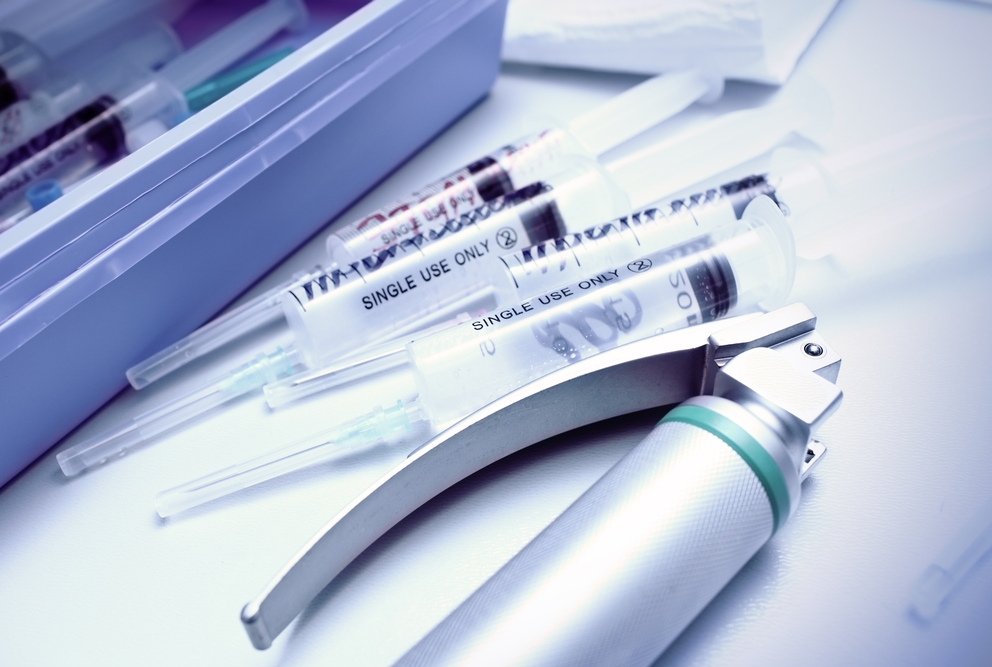Ear, nose and throat (ENT) faculty discuss how Weill Cornell Medicine has safely and efficiently reopened outpatient otolaryngology services following disruption to practice because of COVID-19, in an article published Sept. 1 in the journal Otolaryngology– Head and Neck Surgery. Through “careful planning and execution,” medical practices have made changes involving patient intake, telemedicine, air circulation and procedures involving aerosolized droplets, the tiny respiratory particles that linger in the air and are linked to virus spread. The comprehensive paper offers specific guidelines as well for sub-specialties, including rhinology, otology, laryngology and pediatric otolaryngology.
Among the changes, the ENT offices redesigned schedules to significantly decrease the number of providers simultaneously seeing patients, including shifting some visits from in-person to virtual. Patients check in, check out and schedule follow-up appointments electronically or over the phone to minimize interaction with office staff. They are asked to arrive close to their appointment time to reduce people in the waiting area, where seating has been spread apart to allow for social distancing. Temperature checks and screening questionnaires take place at the entrance to all practice locations, and patients are required to wear a face mask throughout their visit, except if a procedure requires them to remove it. The offices also placed acrylic shields at check-in desks. Each physician uses three exam rooms per office session to allow for proper air exchange. When possible, clinicians avoid procedures that generate aerosolized droplets. For example, the practice no longer uses mist-generating atomizers to anesthetize the nasal cavity before endoscopy, replacing them with a topical anesthetic applied with a cotton swab. The offices allow time to clean after patient coughing, sneezing, singing or other examinations where lingering respiratory particles are generated. Future challenges include continuing to adhere to safety measures as patient volume increases, surveillance and communication regarding the pandemic, and continuing to procure personal protective equipment and cleaning supplies, the authors write.
Corresponding author: Aaron Pearlman

